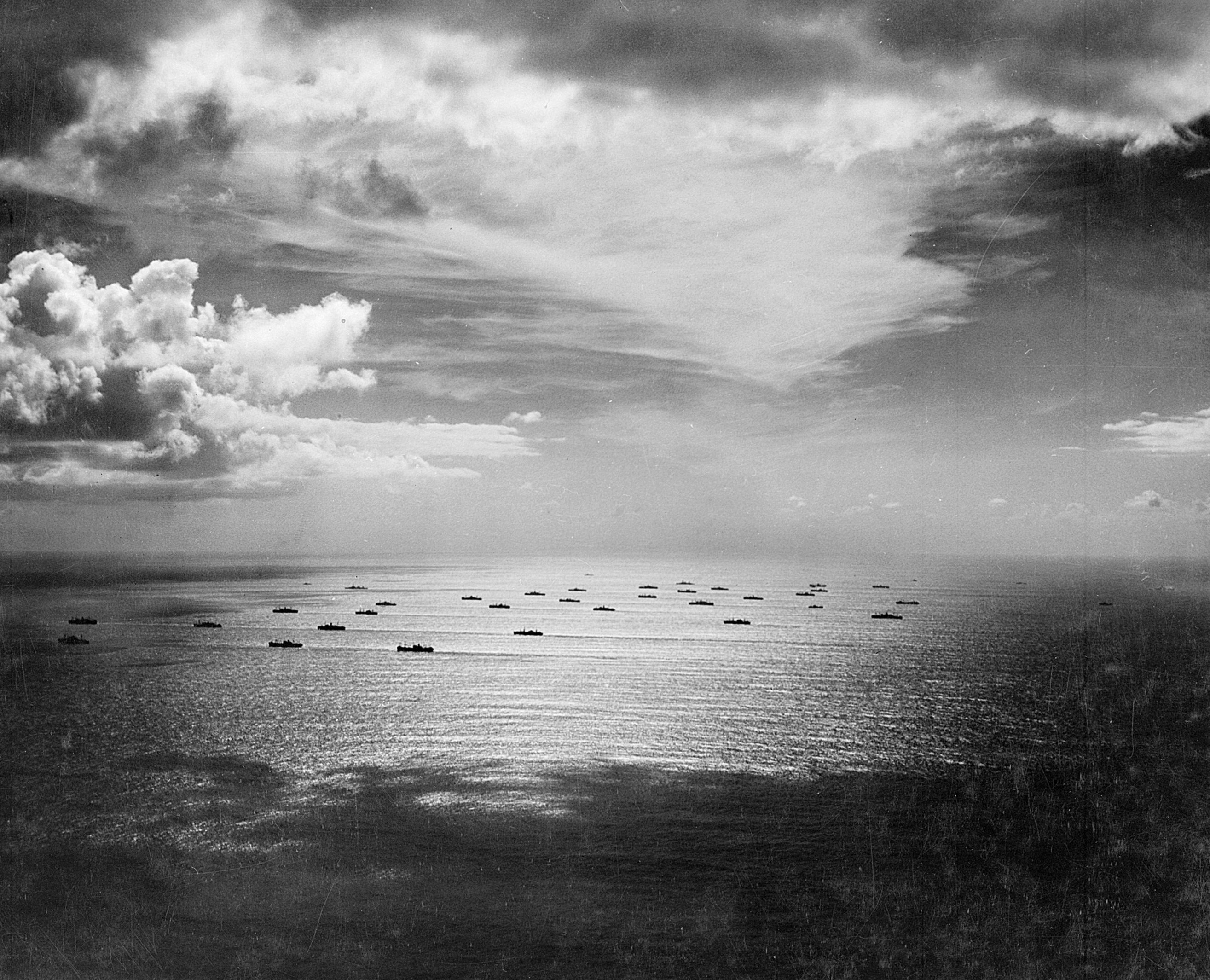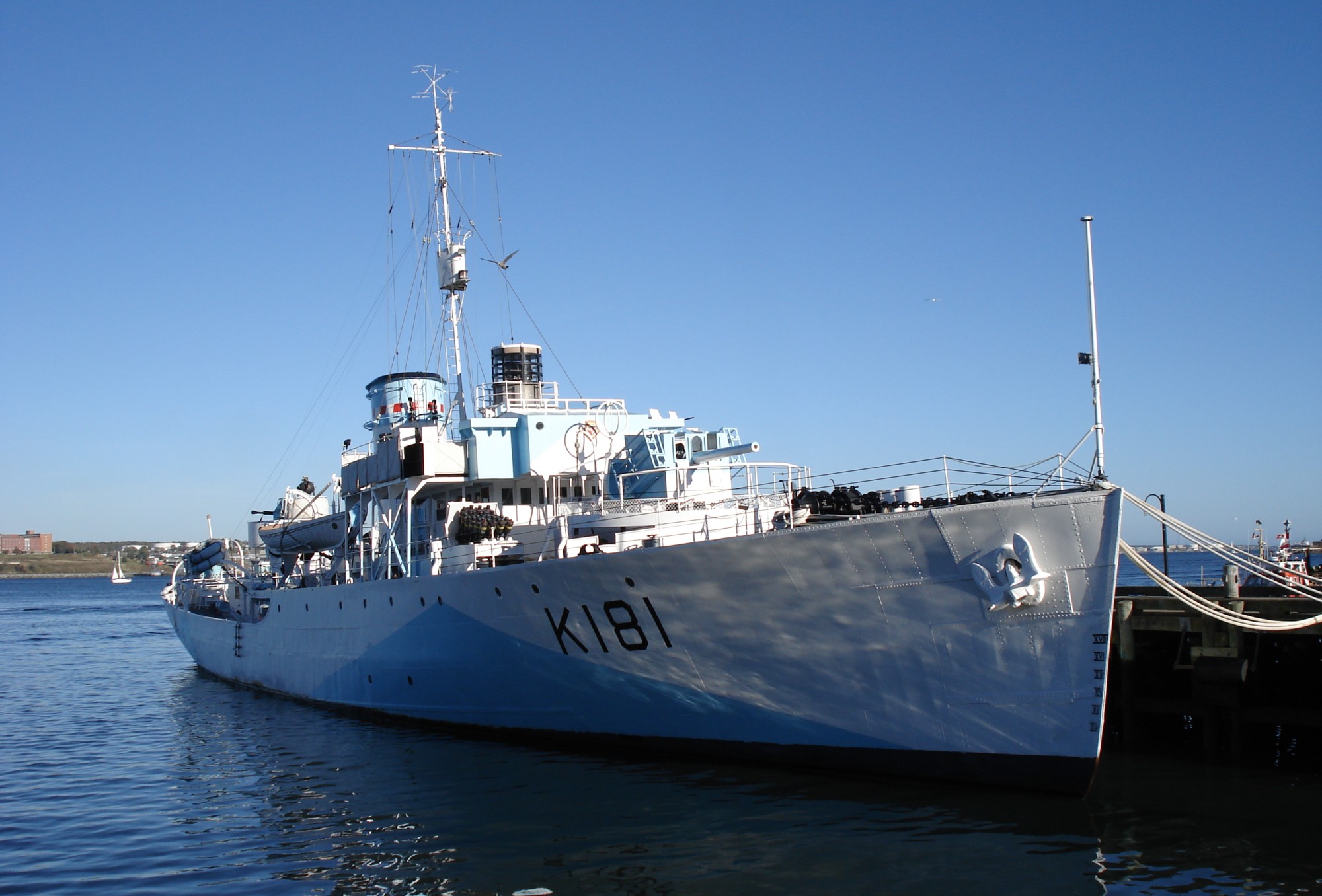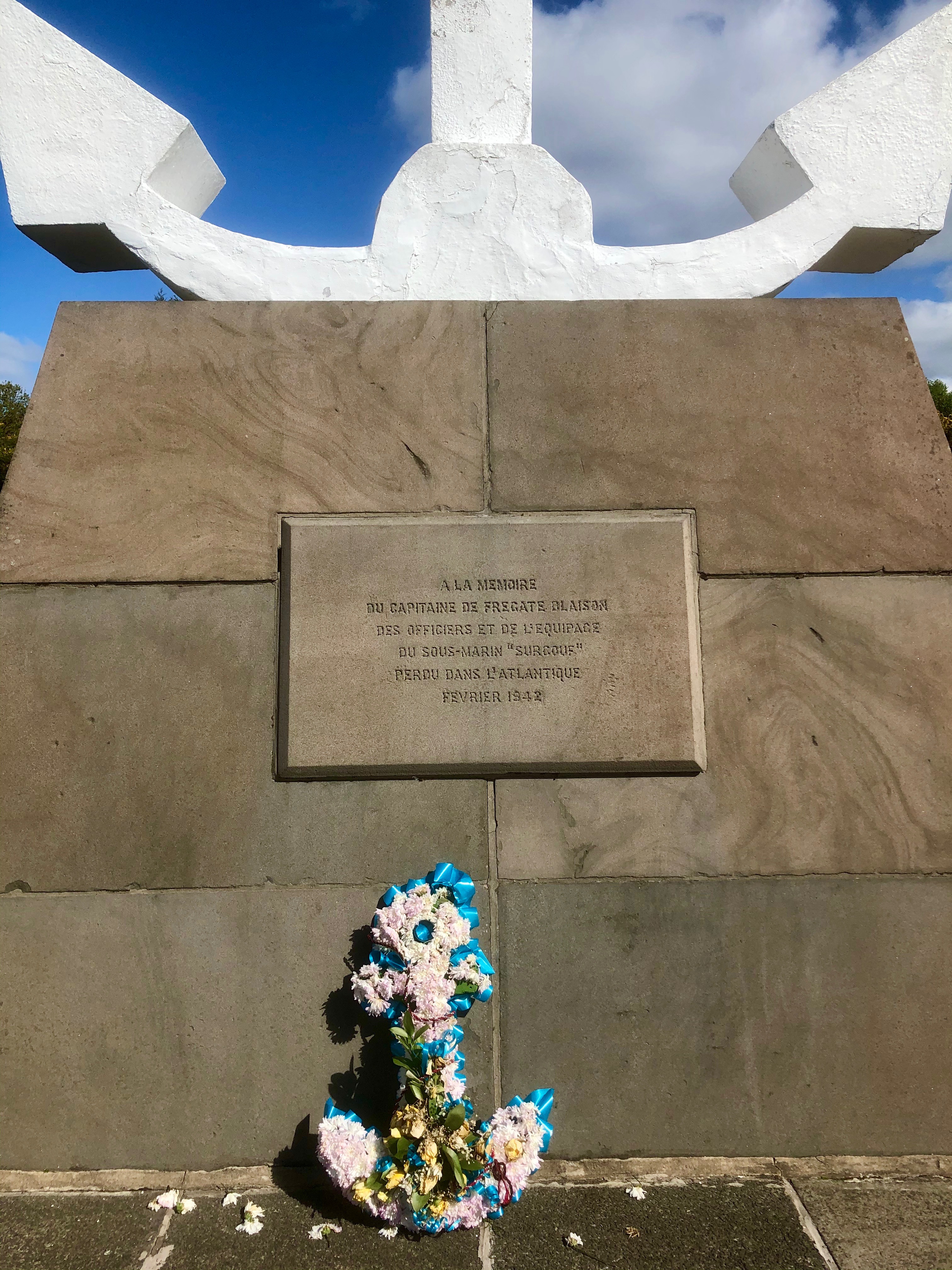|
HMS Sunflower (K41)
HMS ''Sunflower'' was a of the Royal Navy. She served during the World War II, Second World War. She was built at Smith's Dock Company, South Bank, Middlesbrough, South Bank on Tees and launched on 19 August 1940. Smith's Dock are perhaps most famous for preparing the design of the Flower-class corvette, an anti-submarine convoy escort of the Second World War (celebrated in the novel ''The Cruel Sea''). She was sold on 17 May 1947 and scrapped at Hayle, Cornwall, in September 1947. HMS ''Sunflower'' was the most successful of the Royal Navy Flower-class. She single-handedly sank two U-boats: German submarine U-638, ''U-638'' on 5 May 1943 and German submarine U-631, ''U-631'' on 17 October 1943. She shared sinking of German submarine U-282, ''U-282'' on 29 October 1943. Officers and crew Undoubtable the task faced by the Captain, Lt. Cdr. John Treasure Jones, RNR, with his new crew was the same for all corvettes which were manned mainly by volunteers: Treasure Jones writes: " ... [...More Info...] [...Related Items...] OR: [Wikipedia] [Google] [Baidu] |
Pennant Number
In the Royal Navy and other navies of Europe and the Commonwealth of Nations, ships are identified by pennant number (an internationalisation of ''pendant number'', which it was called before 1948). Historically, naval ships flew a flag that identified a flotilla or type of vessel. For example, the Royal Navy used a red burgee for torpedo boats and a pennant with an H for torpedo boat destroyers. Adding a number to the type-identifying flag uniquely identified each ship. In the current system, a letter prefix, called a ''flag superior'', identifies the type of ship, and numerical suffix, called a flag inferior, uniquely identifies an individual ship. Not all pennant numbers have a flag superior. Royal Navy systems The Royal Navy first used pennants to distinguish its ships in 1661 with a proclamation that all of his majesty's ships must fly a union pennant. This distinction was further strengthened by a proclamation in 1674 which forbade merchant vessels from flying any pennants ... [...More Info...] [...Related Items...] OR: [Wikipedia] [Google] [Baidu] |
Distinguished Service Cross (United Kingdom)
The Distinguished Service Cross (DSC) is a third-level military decoration awarded to officers; and, since 1993, Naval rating, ratings and other ranks of the British Armed Forces, Royal Fleet Auxiliary and the British Merchant Navy have been included. Additionally, the award was formerly awarded to members of other Commonwealth of Nations, Commonwealth countries. The DSC is "awarded in recognition of an act or acts of exemplary gallantry during active operations against the enemy at sea." Since 1979, it can be awarded posthumously. History The award was originally created in 1901 as the Conspicuous Service Cross, for award to warrant officer, warrant and subordinate officers, including midshipman, midshipmen, ineligible for the Distinguished Service Order. It was renamed the Distinguished Service Cross in October 1914, eligibility being extended to all naval officers (commissioned and warrant) below the rank of lieutenant commander.Abbott & Tamplin, pages 107-109. From March 1 ... [...More Info...] [...Related Items...] OR: [Wikipedia] [Google] [Baidu] |
List Of World War II Convoys
This is a List of Allied convoys during World War II by region. European Coastal Atlantic convoys North Atlantic convoys North American coastal and Caribbean convoys Mediterranean and North African coastal convoys South Atlantic convoys Indian Ocean convoys Pacific convoys Normandy invasion convoys References * {{World War II, state=collapsed 01 Allied convoy by region . . . . . . . Battle of the Atlantic Allied convoys during World War II ... [...More Info...] [...Related Items...] OR: [Wikipedia] [Google] [Baidu] |
Escort Group B7
Escort Group B7 was a British formation of the Royal Navy which saw action during the Second World War; principally in the Battle of the Atlantic. Formation Escort Group B7 was one of seven such British naval groups which served with the Mid-Ocean Escort Force (MOEF). It provided convoy protection in the most dangerous midsection of the North Atlantic route. The MOEF was originally to be five American, five British and four Canadian groups. B7 was formed in the spring of 1942, following the inability of the USN to form groups A-4 and A-5 due to other commitments. To replace them, two new escort groups, B6 and B7, were formed. Service history Led by , under the leadership of Commander William Banks, B7 comprised six s; from the disbanded American group A-5, and , , , and . These were joined later by the destroyers HMS ''Chesterfield'' and ''Ripley''. B7's first convoys, in the spring of 1942, were uneventful, and as the pace of the Battle of the Atlantic hotted up in the ... [...More Info...] [...Related Items...] OR: [Wikipedia] [Google] [Baidu] |
Corvettes Of Escort Group B7
A corvette is a small warship. It is traditionally the smallest class of vessel considered to be a proper (or " rated") warship. The warship class above the corvette is that of the frigate, while the class below was historically that of the sloop-of-war. The modern roles that a corvette fulfills include coastal patrol craft, missile boat and fast attack craft. These corvettes are typically between 500 tons and 2,000 .although recent designs may approach 3,000 tons, having size and capabilities that overlap with smaller frigates. However unlike contemporary frigates, a modern corvette does not have sufficient endurance and seaworthiness for long voyages. The word "corvette" is first found in Middle French, a diminutive of the Dutch word ''corf'', meaning a "basket", from the Latin ''corbis''. The rank "corvette captain", equivalent in many navies to "lieutenant commander", derives from the name of this type of ship. The rank is the most junior of three "captain" ranks in severa ... [...More Info...] [...Related Items...] OR: [Wikipedia] [Google] [Baidu] |
Mid-Ocean Escort Force
Mid-Ocean Escort Force (MOEF) referred to the organisation of anti-submarine escorts for World War II trade convoys between Canada and Newfoundland, and the British Isles. The allocation of United States, British, and Canadian escorts to these convoys reflected preferences of the United States upon their declaration of war, and the organisation persisted through the winter of 1942–43 despite withdrawal of United States ships from the escort groups. By the summer of 1943, United States Atlantic escorts were focused on the faster CU convoys and the UG convoys between Chesapeake Bay and the Mediterranean Sea; and only British and Canadian escorts remained on the HX, SC and ON convoys. Background On the basis of experience during World War I, the Admiralty instituted trade convoys in United Kingdom coastal waters from September 1939. Anti-submarine escorts were allocated on the basis of perceived threat. Early German Type II submarines from bases in Germany were unable to o ... [...More Info...] [...Related Items...] OR: [Wikipedia] [Google] [Baidu] |
Italian Submarines Of World War II
The Italian submarine fleet of World War II was the largest in the world at the time, with 116 submarines. It saw action during the Second World War, serving mainly in the Mediterranean. During the conflict 88 submarines, some two-thirds of its total strength, were lost. Construction history The submarine fleet available to the Italian Royal Navy (the ''Regia Marina'') in World War II was the product of a long term build-up during the interwar years, despite the prevailing economic and political pressures of the period. After World War I Italy had a fleet of 47 submarines in various classes; these were mostly obsolescent and she was interested in replacing them. To this end the ''Regia Marina'' made plans for a fleet of vessels in three Types: *Type I ocean-going: *Type 2 coastal/sea-going; *Type 3 mine layers. *The Navy also invested time and resources in midget submarines and underwater special forces. At the same time the major powers were negotiating an arms limitation tre ... [...More Info...] [...Related Items...] OR: [Wikipedia] [Google] [Baidu] |
U-boat
U-boats were naval submarines operated by Germany, particularly in the First and Second World Wars. Although at times they were efficient fleet weapons against enemy naval warships, they were most effectively used in an economic warfare role (commerce raiding) and enforcing a naval blockade against enemy shipping. The primary targets of the U-boat campaigns in both wars were the merchant convoys bringing supplies from Canada and other parts of the British Empire, and from the United States, to the United Kingdom and (during the Second World War) to the Soviet Union and the Allied territories in the Mediterranean. German submarines also destroyed Brazilian merchant ships during World War II, causing Brazil to declare war on both Germany and Italy on 22 August 1942. The term is an anglicised version of the German word ''U-Boot'' , a shortening of ''Unterseeboot'' ('under-sea-boat'), though the German term refers to any submarine. Austro-Hungarian Navy submarines were also kno ... [...More Info...] [...Related Items...] OR: [Wikipedia] [Google] [Baidu] |
ON 69
King's Highway 69, commonly referred to as Highway 69, is a provincially maintained north–south highway in the central portion of the Canadian province of Ontario. In conjunction with Highway 400, it links Toronto with the city of Greater Sudbury at Highway 17, via Parry Sound. It is part of the Trans-Canada Highway and the National Highway System. From its southern terminus of Highway 559 at Carling, Highway69 begins as Highway400 narrows from a four-laned freeway to a two lane highway. It travels northerly for approximately to south of the French River before widening back to a divided four lane freeway for approximately into Sudbury. The final of the route, connecting to Highway17, is a five lane arterial road that will be converted to freeway as the final phase of the four-laning. Highway69 was first designated in 1936 when the Department of Highways (DHO) assumed the Rama Road between Atherley and Washago. This short route was extended the followi ... [...More Info...] [...Related Items...] OR: [Wikipedia] [Google] [Baidu] |
Western Approaches Command
Commander-in-Chief, Western Approaches was the commander of a major operational command of the Royal Navy during World War II. The admiral commanding, and his forces, sometimes informally known as 'Western Approaches Command,' were responsible for the safety of British shipping in the Western Approaches. History Admiral Martin Dunbar-Nasmith, who had been Commander-in-Chief, Plymouth, also took over responsibility for the Western Approaches from the start of World War II. After the fall of France in June 1940, the main North Atlantic convoy routes were diverted around the north of Ireland through the north-western approaches.History of Derby House (Western Approaches Museum) accessed 1 May 2017 By late 1940, the location of the Combined Operations headquarters at Plymouth was increasingly awkwar ... [...More Info...] [...Related Items...] OR: [Wikipedia] [Google] [Baidu] |
Firth Of Clyde
The Firth of Clyde is the mouth of the River Clyde. It is located on the west coast of Scotland and constitutes the deepest coastal waters in the British Isles (it is 164 metres deep at its deepest). The firth is sheltered from the Atlantic Ocean by the Kintyre peninsula, which encloses the outer firth in Argyll and Ayrshire. The Kilbrannan Sound is a large arm of the Firth of Clyde, separating the Kintyre Peninsula from the Isle of Arran. Within the Firth of Clyde is another major island – the Isle of Bute. Given its strategic location at the entrance to the middle and upper Clyde, Bute played a vital naval military role during World War II. Geography At its entrance, the firth is about wide. At one area in its upper reaches, it is joined by Loch Long and the Gare Loch. This area includes the large anchorage off of Greenock that is known as the Tail of the Bank. (The “Bank” is a reference to the sandbank and shoal that separates the firth from the estuary of the Ri ... [...More Info...] [...Related Items...] OR: [Wikipedia] [Google] [Baidu] |
French Submarine Surcouf
''Surcouf'' was a large French gun-armed cruiser submarine of the mid 20th century. She carried two 8" guns as well as anti-aircraft guns and (for most of her career) a floatplane. ''Surcouf'' served in the French Navy and, later, the Free French Naval Forces during the Second World War. ''Surcouf'' disappeared during the night of 18/19 February 1942 in the Caribbean Sea, possibly after colliding with the American freighter Thompson Lykes, although this is not definitely established. She was named after the French privateer and slave trader Robert Surcouf. She was the largest submarine built until surpassed by the first Japanese Aircraft carrier submarine in 1944. Design The Washington Naval Treaty had placed strict limits on naval construction by the major naval powers in regard to displacements and artillery calibers of battleships and cruisers. However, no agreements were reached in respect of light ships such as frigates, destroyers or submarines. In addition, t ... [...More Info...] [...Related Items...] OR: [Wikipedia] [Google] [Baidu] |



.jpg)





